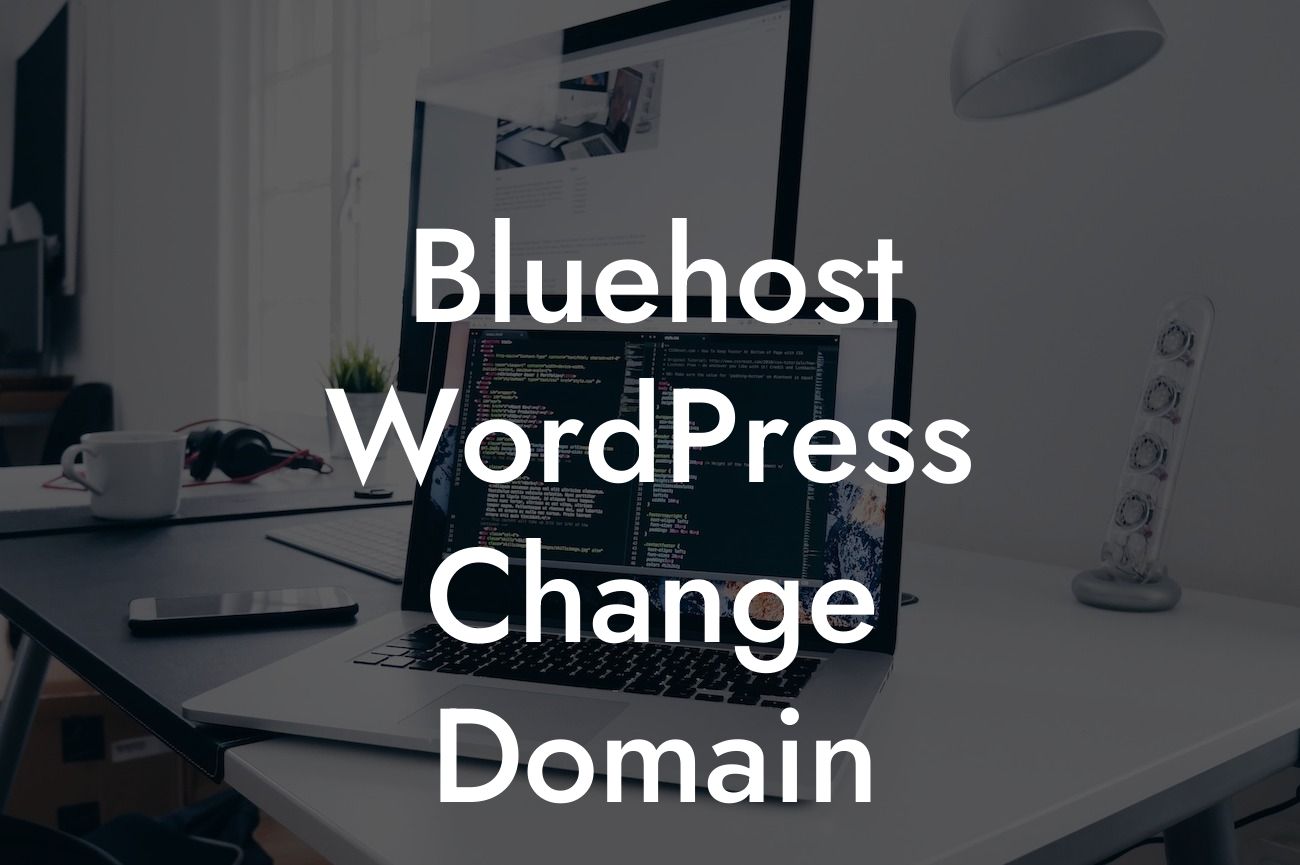Changing your domain in WordPress hosted by Bluehost can be a daunting task, especially if you're unfamiliar with the process. However, with the right guidance and a few simple steps, you can successfully transition to a new domain without losing any of your hard-earned online presence. In this guide, we will walk you through everything you need to know about changing your domain with Bluehost. Say goodbye to your old domain and embrace this exciting new chapter in your online journey!
Changing your domain may seem like a complex process, but don't worry, we're here to help. Follow these steps to ensure a seamless transition:
1. Backup your website: Before making any changes, it's crucial to back up your website. This way, if anything goes wrong during the domain change, you can easily restore your site to its previous state.
2. Purchase a new domain: If you haven't already, purchase your desired new domain from a reputable domain registrar. Make sure to choose a domain that aligns with your brand and reflects your business or service.
3. Update your Bluehost account: Log in to your Bluehost account, go to the Domain Manager, and add your new domain. Bluehost offers a simple interface that allows you to manage multiple domains effortlessly.
Looking For a Custom QuickBook Integration?
4. Change your WordPress settings: Once you've added the new domain to your Bluehost account, it's time to update your WordPress settings. Go to the Admin Dashboard, navigate to Settings, and change the Site Address (URL) and WordPress Address (URL) to reflect your new domain.
5. Redirect old URLs: To help maintain your search engine rankings and ensure a smooth user experience, set up 301 redirects from the old domain to the new domain. This will redirect visitors and search engines to the appropriate pages on your new domain.
6. Update internal links: As you've changed your domain, make sure to update all internal links within your website. This includes links within your blog posts, pages, menus, and footer. Ensure that every internal link points to the new domain to avoid any broken links.
Bluehost Wordpress Change Domain Example:
Let's say you run a small business selling handmade crafts on your website, www.abcshop.com. Now, you've decided to rebrand and change your domain to www.defcrafts.com. By following the steps mentioned above, you can successfully change your domain without losing your valuable online presence. Remember to update your WordPress settings, set up redirects, and update all internal links to reflect your new domain. With these actions, you can seamlessly transition from www.abcshop.com to www.defcrafts.com and continue to attract customers to your stunning crafts.
Changing your domain may seem like a challenging task, but with the right guidance, it can be a smooth process. Remember to back up your website, purchase a new domain, update your Bluehost account, change your WordPress settings, and set up redirects. By following these steps, you can effortlessly change your domain and maintain your online presence. Don't forget to check out DamnWoo's collection of powerful WordPress plugins to elevate your website's performance even further. Share this article with others who may find it useful and explore our other guides on DamnWoo for more valuable insights.













